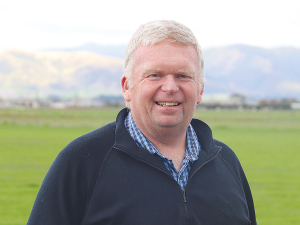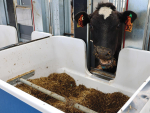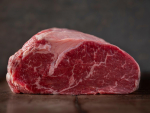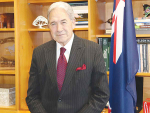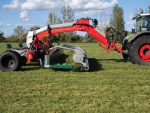A major player in this project is LIC with Beef Genetic Product Lead, Paul Charteris pointing out his organisation have the majority market share in terms of inseminations of dairy cows.
He told the workshop that that their goal is to deliver the very best beef genetics to dairy farmers. This means having genetics that fulfill dairy farmers’ requirements for easy calving and short gestation, but with genetics that lead to beefy meat carcasses.
“The thing with dairy beef is the eye muscle has to be rounded so that it can be used by chefs. So we are selecting bulls that have got a very high eye muscle area and also good marbling so that when we cross over dairy cattle they can also produce an acceptable carcass for the processor,” he says.
Charteris says interest is now high in producing better dairy beef and LIC is seeing growth of beef insemination into dairy cows and believes this is going to rise in the future.
One of the key messages from Charteris to farmers is to use AI tactically. He notes the obvious that traditionally beef bulls have been mated over dairy cows at the end of the mating season.
“Tactical AI use means identifying those cows with the lowest BW and mating them on day one of the mating season with the right semen, at the right time of the mating season, so that you get big, strong early season calves that are well marked and that are salable,” he says.
Like Hickson, Charteris emphasised the importance of selecting bulls for their genetic traits and not because of their breed. He accepts that in some parts of the country, farmers may have a certain market for some breeds or they may have a buyer who is set up to, say, take only Charolais or Hereford cross calves. “That’s fine, but remember you can find vastly superior bulls within a particular breed,” he says.

